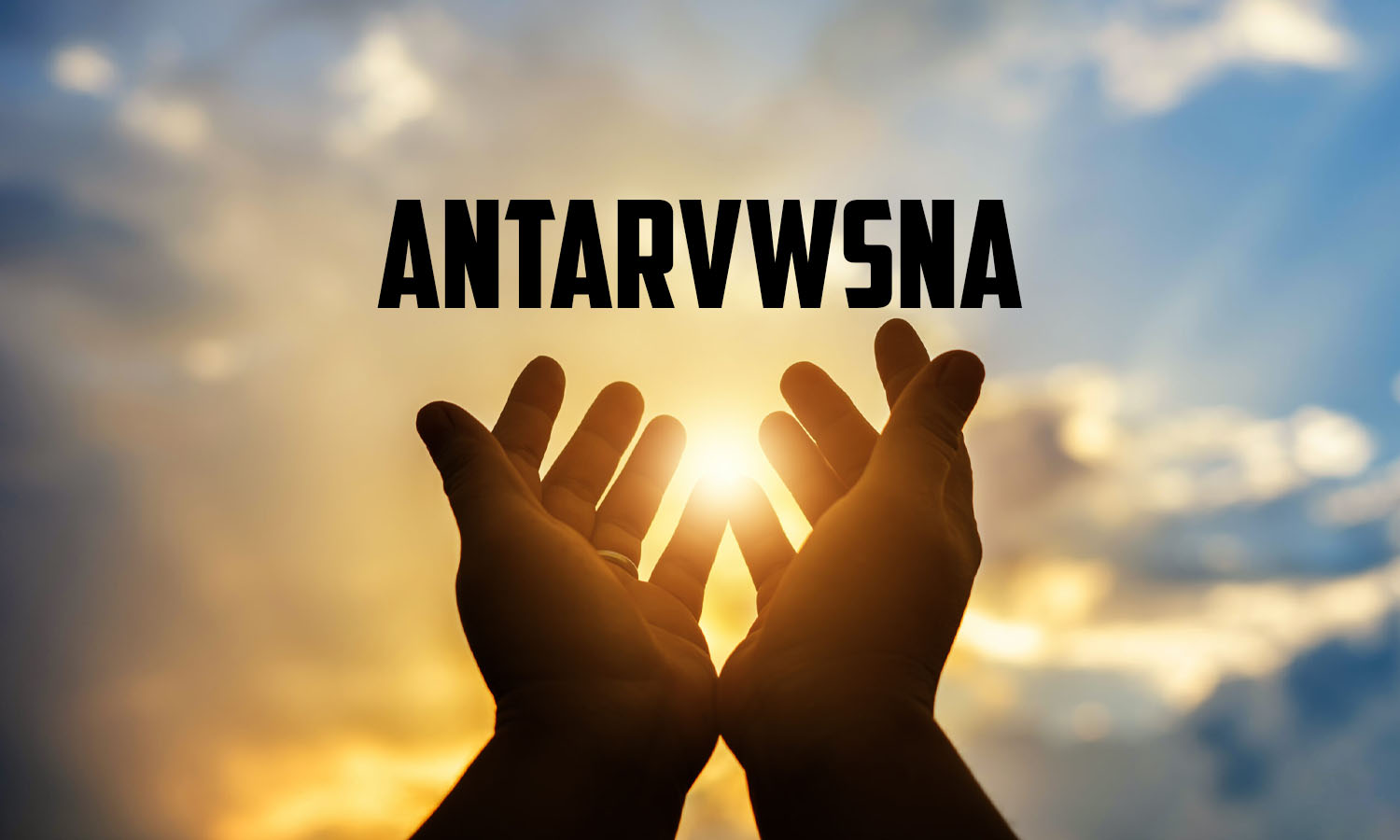In a world constantly changing, some traditions manage to hold their ground — living, breathing reminders of where we come from and who we are. One such fascinating thread in the tapestry of human culture is Antarvwsna — a term that stirs curiosity, mystery, and deep cultural significance. Though its roots are somewhat veiled in time, Antarvwsna symbolizes far more than a ritual or an artistic expression. It embodies the human need for connection, storytelling, and identity.
But what is Antarvwsna really? A ritual? A form of art? A way of life? The answer lies somewhere between all three — an intricate blend of the spiritual, social, and creative sides of humanity.
Understanding Antarvwsna: More Than Just a Word
The term Antarvwsna is believed to have ancient origins, possibly derived from an old regional language, combining the ideas of inner essence and shared experience. At its core, Antarvwsna represents collective introspection — a practice or philosophy that encourages individuals and communities to connect with their inner selves while staying grounded in communal identity.
In many historical interpretations, Antarvwsna is associated with ceremonies, storytelling, and art forms that aim to bring people closer to spiritual understanding. Think of it as a cultural mirror — one that reflects human emotions, heritage, and a society’s evolving consciousness.
Over centuries, this practice has taken many forms — from musical rituals and folk performances to communal gatherings that celebrate harmony, gratitude, and creative expression.
Historical Roots: Where It All Began
Tracing the origins of Antarvwsna is like chasing a river back to its source. Scholars and cultural historians suggest that the earliest references to similar traditions appeared in ancient South Asian and Middle Eastern civilizations, where rituals often combined music, dance, and communal storytelling to invoke spiritual unity.
These early societies believed that expressing emotions — joy, grief, or love — through collective participation was a sacred act. Antarvwsna likely evolved from such traditions, serving as both a spiritual ceremony and a cultural code of belonging.
As generations passed, Antarvwsna adapted to the rhythms of new cultures and geographies. It moved from temple courtyards and village squares to art halls and festivals, transforming into a symbol of shared cultural memory.
Symbolism and Philosophy Behind Antarvwsna
At its heart, Antarvwsna carries a simple yet profound message — the unity of inner and outer worlds. It teaches that true understanding of oneself and others comes through reflection and empathy.
- Spiritual Connection – Antarvwsna embodies the idea that every human is part of a larger cosmic story. It invites participants to look inward while recognizing their connection to nature, ancestors, and community.
- Expression Through Art – Whether through dance, poetry, or song, Antarvwsna values expression as a form of truth-telling. Art becomes a language of healing and remembrance.
- Community and Identity – It thrives on togetherness. The act of participating — of listening, moving, or creating — becomes a ritual that reinforces social bonds and shared identity.
- Balance and Harmony – Antarvwsna encourages equilibrium between modernity and tradition, between solitude and togetherness, between self-expression and respect for collective heritage.
This philosophy resonates deeply today, in an era when many seek grounding in cultural roots while navigating an increasingly digital world.
Antarvwsna in Practice: Ceremonies and Artistic Expressions
Antarvwsna is not a static tradition — it’s a living organism that changes with its people. Across regions and communities, it takes on different colors, sounds, and meanings.
1. Rituals and Gatherings
In some cultures, Antarvwsna is practiced as a seasonal ceremony — a time when families and neighbors come together to express gratitude for life’s blessings. Offerings of handmade crafts, symbolic dances, and group chants are performed to honor ancestors and natural forces.
2. Music and Performance
Musicians often see Antarvwsna as a musical dialogue between the soul and society. Traditional instruments, rhythmic beats, and call-and-response chants allow performers to express emotion collectively — turning sound into shared experience.
3. Storytelling and Oral Traditions
The oral aspect of Antarvwsna keeps cultural wisdom alive. Elders recount stories of courage, love, and moral balance, using metaphor and rhythm to pass lessons down through generations. These tales aren’t just entertainment; they’re maps of identity.
4. Modern Adaptations
Today, Antarvwsna finds new life in film, theatre, and visual arts. Directors, painters, and writers reinterpret its motifs — unity, self-reflection, and human emotion — to bridge the gap between tradition and contemporary creativity. This evolution proves that Antarvwsna isn’t a relic of the past, but a timeless philosophy dressed in modern language.
Cultural Significance: Why Antarvwsna Still Matters
Why has Antarvwsna endured through centuries when so many customs have faded into obscurity? The answer lies in its universality. Its themes — connection, reflection, expression — are as relevant now as they were a thousand years ago.
- Preserving Heritage – Antarvwsna serves as a cultural anchor, reminding communities of their shared past. It helps preserve ancient art forms, local languages, and traditional knowledge systems.
- Social Cohesion – Participating in Antarvwsna brings people together, fostering unity beyond class, gender, or background. In times of social division, such shared experiences act as glue for community spirit.
- Healing and Emotional Catharsis – Like music therapy or meditation, Antarvwsna rituals allow participants to process emotions collectively. The act of expressing vulnerability in a safe, communal space has profound psychological benefits.
- Educational and Moral Lessons – Its stories often carry ethical teachings, subtly shaping younger generations’ understanding of values like compassion, humility, and respect.
- Cultural Diplomacy – In the modern age, Antarvwsna has also become a symbol of cultural diplomacy, bridging communities across nations through festivals, films, and exhibitions that celebrate shared humanity.
The Modern Transformation of Antarvwsna
Every tradition that survives must evolve — and Antarvwsna is no exception. While its spiritual and communal essence remains, its modern interpretations vary dramatically.
In Film and Media
Contemporary filmmakers have begun to explore Antarvwsna as a theme that represents inner conflict, cultural duality, and rebirth. The narrative often revolves around characters rediscovering their roots or healing from disconnection through cultural rediscovery. Such artistic portrayals have reintroduced Antarvwsna to younger audiences worldwide.
In Global Art and Festivals
Many international art festivals now showcase Antarvwsna-inspired performances, blending classical dance with digital projection, poetry with soundscapes. These events show how a centuries-old philosophy can thrive in a digital age.
In Academic Circles
Scholars view Antarvwsna as a fascinating case of cultural continuity and hybridization. Research highlights how its symbols adapt across cultures while retaining core meaning — a perfect model for understanding globalization’s impact on tradition.
In Everyday Life
On a personal level, Antarvwsna has inspired mindfulness practices and group meditations. Communities reinterpret its essence as “shared reflection” — a time to pause, express gratitude, and reconnect with collective humanity.
Controversies and Challenges
Despite its beauty, Antarvwsna hasn’t escaped criticism. As it gains popularity in mainstream and global settings, questions arise about authenticity, ownership, and commercialization.
- Cultural Appropriation
Some worry that the global adaptation of Antarvwsna detaches it from its roots. When symbols or rituals are repackaged for commercial gain without proper context, the essence can be diluted. - Commercialization vs. Tradition
Festivals and media often glamorize Antarvwsna’s visuals while neglecting its deeper meaning. The line between appreciation and exploitation can blur, raising ethical concerns. - Fragmentation of Meaning
Different interpretations have caused disagreements about what counts as “real” Antarvwsna. Is it a spiritual act, a performance, or simply an aesthetic motif? The lack of standardization both enriches and complicates its legacy. - Digital Representation
Social media has amplified awareness but also reduced some elements to trendy imagery. Cultural guardians emphasize the need to preserve authenticity amid rapid digital dissemination.
These debates, however, are part of what keeps Antarvwsna alive — proving that it’s still relevant enough to inspire passionate discussion.
Global Relevance: Antarvwsna Beyond Borders
While Antarvwsna may have originated in specific regions, its message resonates universally. The idea of connecting inward reflection with communal harmony aligns perfectly with global movements for sustainability, empathy, and cultural preservation.
- In Western societies, it’s seen as a metaphor for mindfulness — balancing individuality with collective responsibility.
- In Eastern contexts, it’s often linked with harmony between the human spirit and nature.
- In diaspora communities, Antarvwsna helps maintain identity in multicultural environments, serving as a bridge between home and adopted lands.
The globalization of Antarvwsna shows how ancient traditions can evolve into symbols of universal human connection.
Ethical Appreciation: Keeping Antarvwsna Authentic
To ensure Antarvwsna’s legacy endures with dignity, cultural experts emphasize ethical engagement. Here’s how individuals can appreciate it responsibly:
- Learn Before You Practice – Understand the historical and spiritual context behind the rituals or symbols.
- Support Authentic Creators – Buy crafts, music, or art from traditional practitioners and cooperatives.
- Avoid Stereotyping – Celebrate Antarvwsna as a living tradition, not an exotic relic.
- Participate Respectfully – Attend cultural events with an open mind and genuine curiosity.
- Educate Others – Share knowledge responsibly to prevent misinformation or shallow representation.
In doing so, we honor the generations that kept Antarvwsna alive and ensure its future remains rooted in respect and authenticity.
Conclusion: Antarvwsna — A Living Symphony of Culture
Antarvwsna is more than a word, more than a ritual. It’s a living symphony of memory, expression, and belonging. From its mysterious beginnings to its modern-day adaptations, Antarvwsna continues to remind us that culture isn’t static — it’s alive, evolving, and deeply human.
In an age where the world often feels fragmented, Antarvwsna invites us to reconnect — with ourselves, with each other, and with the timeless rhythm of shared humanity. It teaches us that while technology may connect our devices, tradition connects our hearts.
And perhaps that’s why Antarvwsna matters now more than ever — because in celebrating it, we rediscover what it truly means to be human.
FAQs About Antarvwsna
1. What does the term Antarvwsna mean?
Antarvwsna generally refers to a cultural and spiritual practice centered around introspection, community, and shared expression through art, ritual, and storytelling.
2. Is Antarvwsna a religion or a festival?
It’s not a religion, though it may have ritual elements. It’s better understood as a cultural tradition or philosophy that integrates spirituality, art, and community life.
3. How is Antarvwsna practiced today?
Modern interpretations include cultural festivals, films, and mindfulness gatherings inspired by its themes of unity, creativity, and reflection.
4. Why is Antarvwsna considered culturally significant?
Because it preserves traditional values, fosters social unity, and provides a space for emotional and artistic expression across generations.
5. How can I experience Antarvwsna respectfully?
Participate in authentic cultural events, support traditional artists, and educate yourself about its origins to avoid appropriation and misrepresentation.

